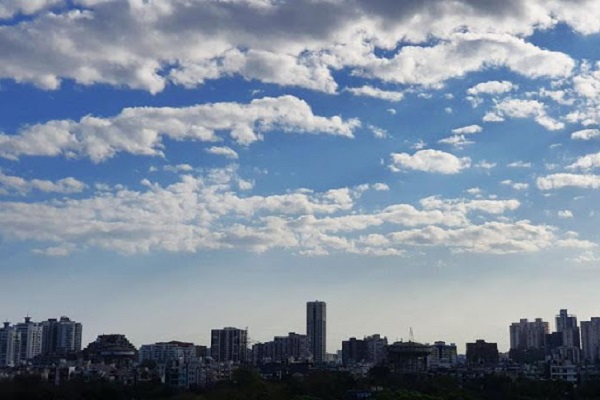
As compared to the baseline of 2017, in 2021-22, 95 out of 131 cities covered by the National Clean Air Programme (NCAP) showed an improvement in air quality, with Varanasi recording the highest 53% decrease in PM 10 concentrations compared to the baseline of 2017.
Varanasi’s annual PM 10 concentration was 244 micrograms per cubic metre in 2017. In 2021-22, it will be 114 micrograms per cubic metre. According to the Central Pollution Control Board (CPCB), the air quality in Delhi has also improved. In 2017, the annual average concentration of PM 10 in Delhi was 241 micrograms per cubic metre. It has dropped by 18.6% to 196 micrograms per cubic metre in 2021-22.
“The good thing is that we are seeing an improvement in air pollution levels in the Indo-Gangetic Plains cities which had very high concentrations of air pollution. Varanasi has mainly focused on dust and waste management in the past two years. Delhi is also improving. Cities in Punjab have improved marginally,” said a Union environment ministry official on the occasion of International Day of Clean Air for Blue Skies on Wednesday.
According to the official, 27 NCAP cities, including Chennai, meet the annual PM 10 air quality standard of 60 micrograms per cubic metre.
Officials cautioned that the annual pollution levels in these cities must be monitored for a few years to ensure that the improvements are sustainable.
As per the booklet released by Union Environment Minister Bhupender Yadav on best practices for air pollution control in eight cities, including Bengaluru and Pune, Varanasi has begun door-to-door waste collection in 40 wards. Waste segregation has also been implemented in the city, as has mechanical sweeping on major roads. A waste-to-energy plant with a capacity of 5 tonnes per day has been installed. There were also thirty-one construction and demolition waste collection centres that were fully operational.
According to Anumita Roychowdhury, executive director of the Centre for Science and Environment, NCAP set a national level target of 20-30% reduction in PM2.5 and PM10 concentrations by 2024 from the 2017 base year. She emphasised that the CPCB’s performance assessment of NCAP cities for disbursement of performance-linked funds has only taken into account PM10 data, which is primarily related to coarse dust particles. “Because monitoring of PM2.5, the much smaller and more harmful particles, is limited, a uniform assessment of cities based on PM2.5 reduction has not been considered for performance assessment.”
According to Roychowdhury, PM 10 has become the focus of action under NCAP, which is why cities are trying to focus on road dust, sprinkling, and other measures, resulting in a bias in mitigation strategy and diverting attention away from combustion sources. “PM 2.5 must be the primary focus of NCAP.”
The Centre launched NCAP in 2019 with the goal of reducing PM 10 and PM 2.5 pollution by 20 to 30% over 2017 levels by 2024 in cities that have failed to meet air quality standards for five years in a row.